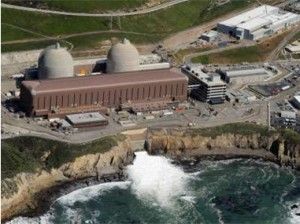May 10, 2011
I Need Your Advice
Posted by Otto E. Rössler in categories: existential risks, particle physics
I am at a loss: I have a scientific proof that can save everyone’s life but no one listens.
The proof implies that CERN — the European Research Council – currently attempts to shrink the earth to 2 cm in a runaway process consummated in about 5 years’ time and effective with a probability of about 8 percent, if the LHC experiment is not stopped immediately.
The scientific safety conference already demanded three years ago got recently requested from the German government by a Cologne court. But the globe’s media keep silent (except for the tiny “ET-Journal,” Volume 16, pages 58–59, 2011).
Maybe the court and the present writer are both crazy? But even if you assume this, is the danger not appreciably reduced thereby as long as the offered proof stays unaddressed. (The proof has three elements: Telemach – a new black-hole theorem involving Time, length, mass and charge -, a quantum theorem protecting the superfluid cores of neutron stars, and a chaos theorem yielding exponential growth inside earth.)









